Fire danger warning issued for millions in NSW as schools close and bushfire season ramps up – and how to read rating system used by CFS
Millions of people have been warned to take immediate action with hot, dry and ‘very windy’ conditions expected to spark new bushfires in NSW.
The Coolagolite fire near Bermagui on the NSW south coast, which started on Tuesday, has destroyed two houses and spread to 7,380 hectares.
The NSW Rural Fire Service had reported 59 ‘incidents’ on Thursday morning, including at least 31 fires and many more expected to exceed 30 degrees across the state.
Extreme fire danger warnings and total fire bans were issued on Thursday for greater Sydney, the Hunter Valley, north-west NSW and the state’s lower and upper central west.
Some schools have been closed as a result, while residents have been urged to get up to speed with fire warning systems.
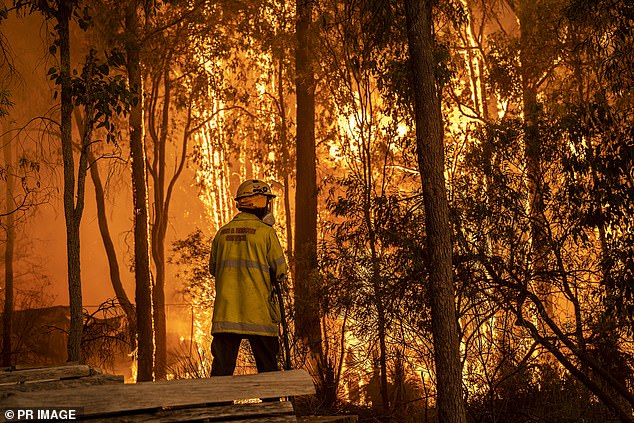
Millions of people have been warned to take immediate action with hot, dry and ‘very windy’ conditions expected to spark new bushfires in NSW.
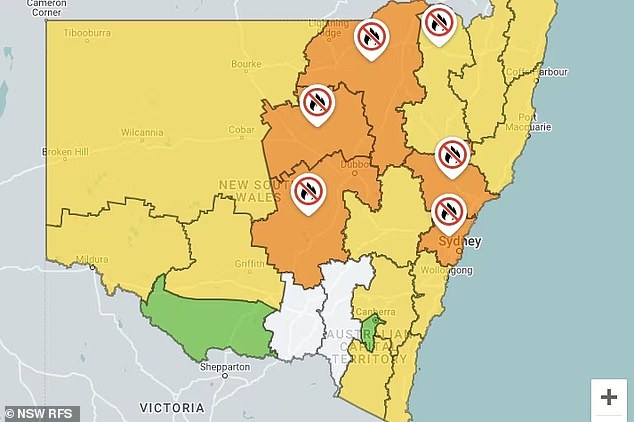
Extreme fire danger warnings and total fire bans have been issued for greater Sydney, the Hunter Valley, north-west New South Wales and the lower and upper central west of the state.

The Coolagolite fire near Bermagui on the NSW south coast, which started on Tuesday, has destroyed two houses and spread to 7,380 hectares.
According to the new fire risk warning system, “extreme fire risk” means “take action now to protect life and property”.
It also means residents should ‘put your fire survival plan into action now’, the Met Office warned.
of The NSW Department of Education closed six schools in the central west for the day. They are Warrumbungle National Park Environmental Education Center and Tooraweenah, Quambone, Marra Creek, Hermidale and Girilambone public schools.
The BoM warned of ‘hot and dry with fresh to strong and gusty north to north-westerly winds,’ with thunderstorms later.
“We expect to see some pretty hot, dry and exceptionally windy conditions as we start to see this high fire danger for much of NSW,” NSW Rural Fire Service (RFS) Inspector Ben told Shepherd. A B C.
“We just want the public to heed these warnings and bans because the last thing we need is any new wildfires on the landscape.”
He pointed out that the current conditions are likely to continue for the rest of the year and throughout the summer.
He said fire danger in much of NSW ‘is back’.
Winds would turn ‘southwesterly in the evening’, the BoM said.
“Extreme fire danger is forecast for the following fire weather zones: Greater Hunter, Greater Sidney Region, North Western, Upper Central West Plains and Lower Central West Plains”.
Temperatures are set to soar to 35 degrees in Penrith, while in Sydney city and surrounding suburbs, temperatures reach 32 degrees.
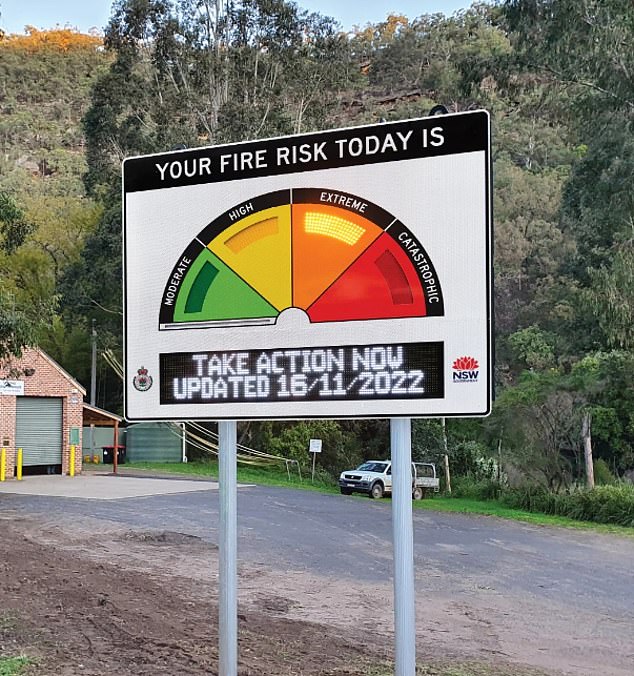
All of NSW is facing a fire danger on Thursday that is either extreme or high
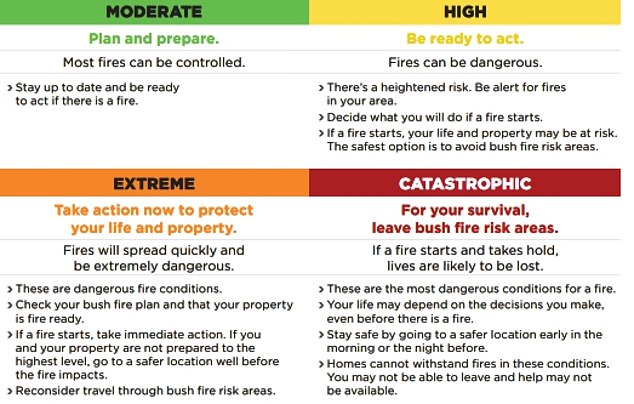
What the four levels of fire danger mean across Australia

Six schools across NSW were closed on Thursday due to extreme fire risks in their local communities. Pictured: Tooraweenah Public School, one of the closed schools
In addition to Sydney, major cities facing total fire bans include Newcastle, Maitland, Muswellbrook, Singleton, Lake Macquarie, Port Stephens, Narrabri, Walgett, Coonamble; Gilgandra, Forbes, Parkes and Dubbo.
Almost all of the upper Hunter Valley, including Newcastle, is set to reach 34 while temperatures could also reach 30 degrees in the Illawarra, south coast, southern plains, north-west and central west slopes and the plains and upper west NSW.
From the Murrumbidgee north, the entire state of NSW – population eight million – is at high risk, meaning residents must ‘be ready to act’ and know what to do if a fire comes.
In September last year, Australia’s fire risk rating system was simplified to include four levels: catastrophic, extreme, high and moderate.
Catastrophic means people must leave an area for their own survival, while extreme – which applies to four major NSW areas today – means residents must take action now to protect life and property.
A high risk means people need to be ready to act and a moderate risk means ‘plan and prepare’.
In the updated charts, the white bar below the average indicates ‘no rating’ for days where no action is required.
In Victoria, large areas north of Melbourne, central east and north of Gippsland were issued a severe weather warning for damaging winds.
“During Thursday morning, damaging wind gusts around 100 km/h are possible.”
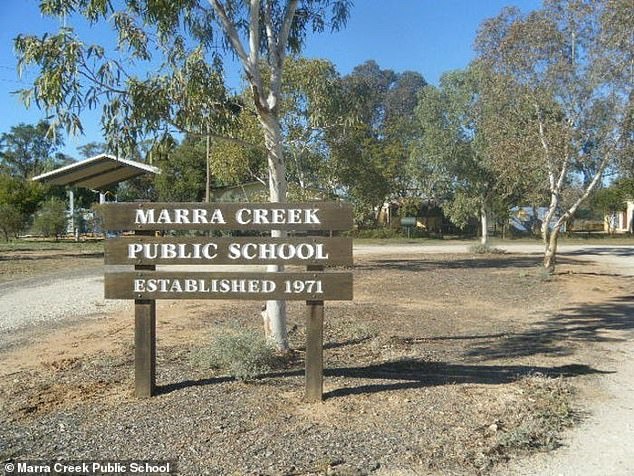
Marra Creek was one of six schools closed in NSW Central West
(tagsTranslate) daily mail(s) news(s) Australia Fire(s) New South Wales(s) Sydney
